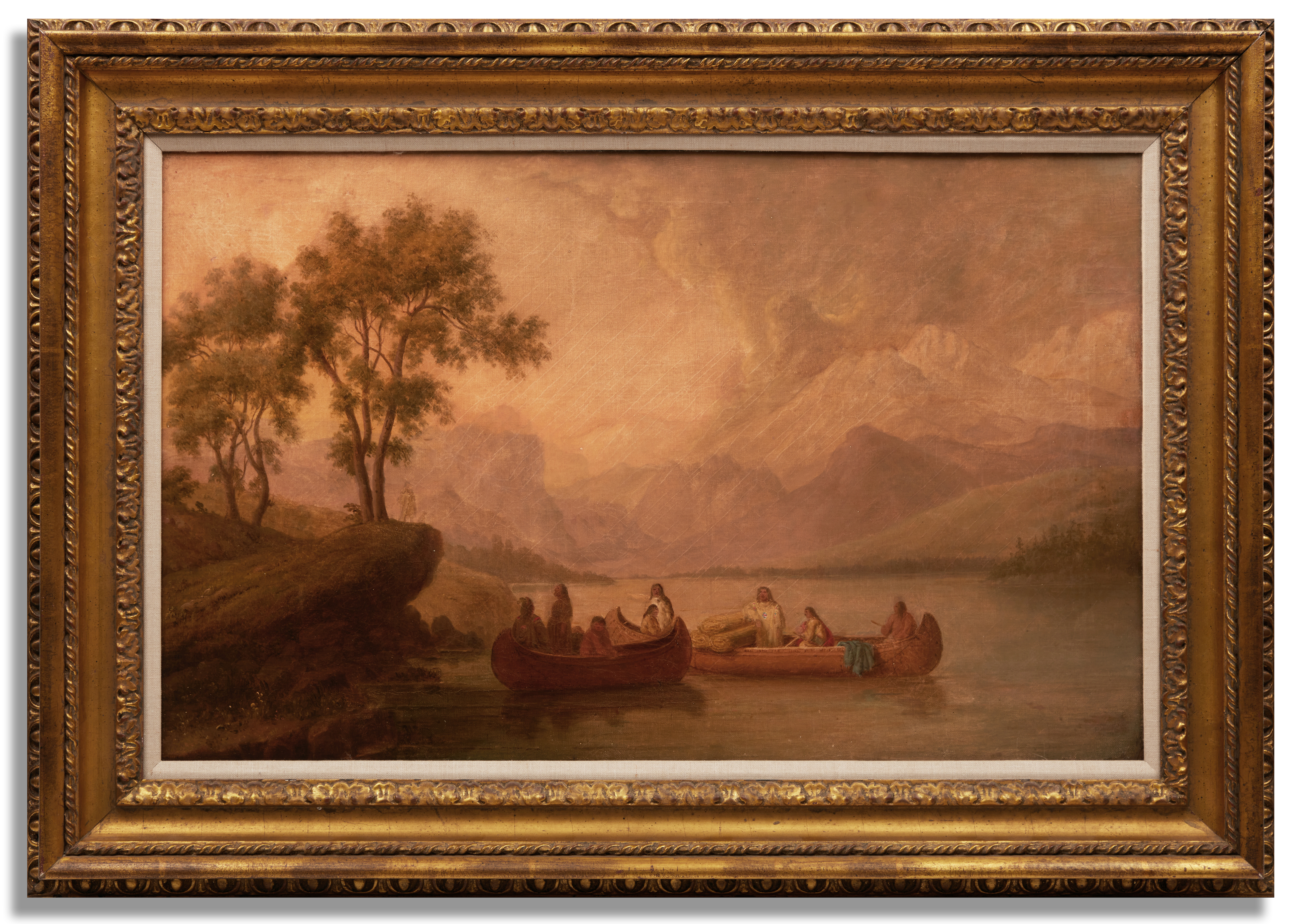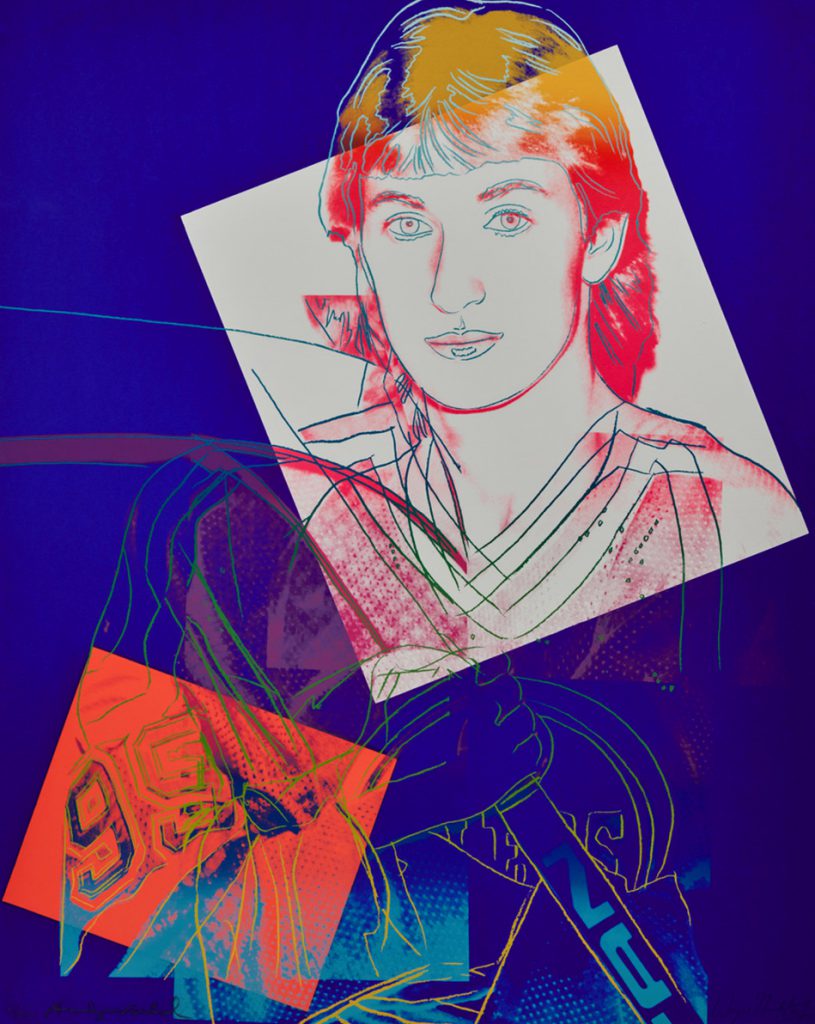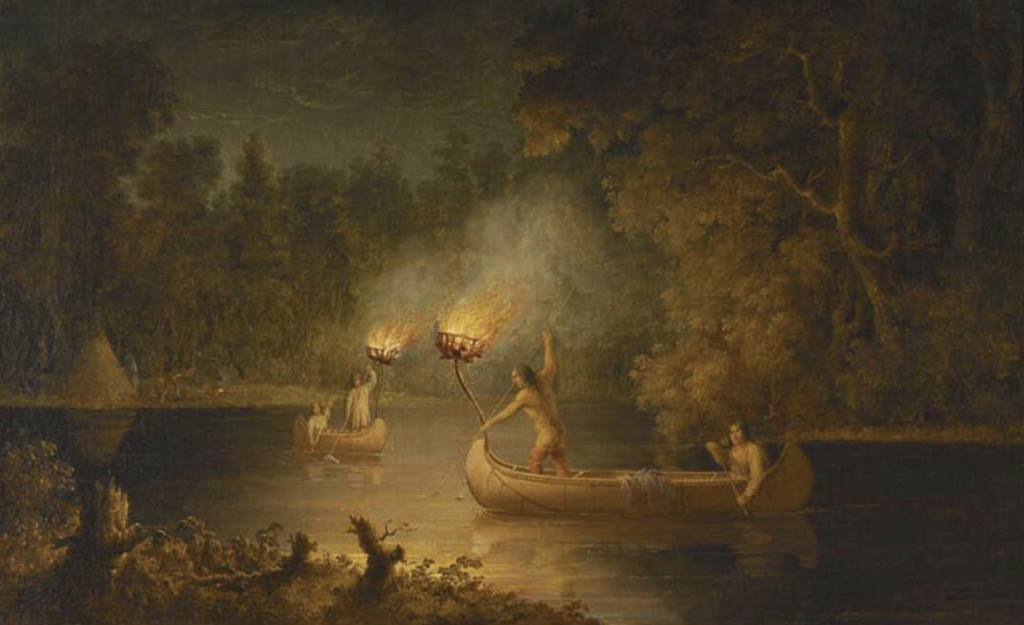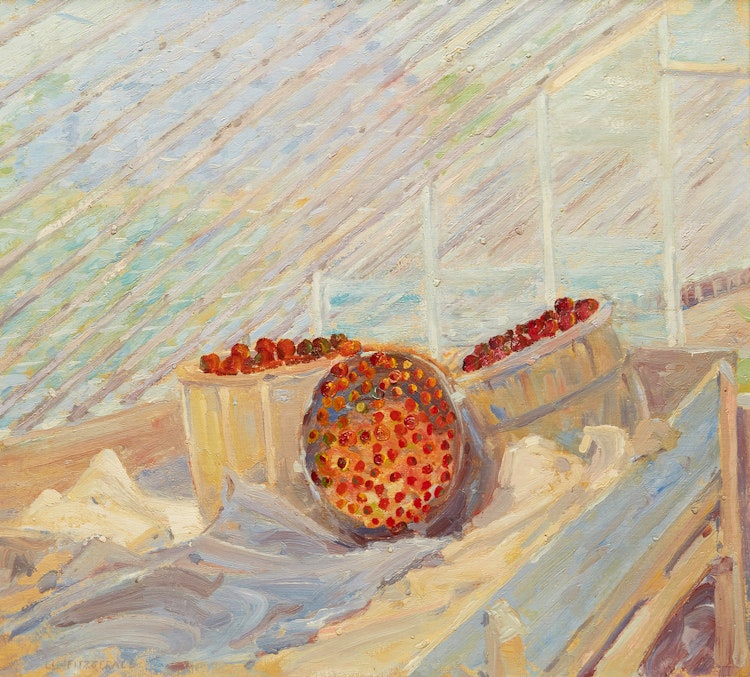
Rare Artwork by Paul Kane and Andy Warhol’s portrait of Wayne Gretzky go up for auction with Cowley Abbott during their May 30th Spring Live Auction
Windsor, ON (March 26, 2024) — Art Windsor-Essex (AWE) announced today details of a new endowment fund to support the care and diversification of AWE’s collection. To establish funds for this endowment, AWE will be deaccessioning select works of art that will go up for public sale by Canadian auction house, Cowley Abbott, as part of their annual Spring Live Auction of Important Canadian & International Art on Thursday, May 30, 2024.
Deaccessioning is the process of removing a work of art from a museum’s collection. Regular deaccessioning is standard and best practice in collections management and allows museums to refine their holdings to ensure the highest standards of care are maintained.
“Art Windsor-Essex has joined many other Canadian art galleries and museums in reviewing and evaluating its collection. We recognize the value that this collection holds and how important it is that AWE cares for it responsibly. We also know that art has the power to transform, empower, and heal, and that power is most effective when the art is relevant to the lives of the people viewing it. We look forward to stewarding the collection into a new era that celebrates the diversity of Windsor-Essex,” says Melinda Munro, AWE Board President.

Select works undergoing deaccession include a rare Paul Kane oil on canvas, Party of Indians in Two Canoes on Mountain Lake (1846/1848) and an Andy Warhol portrait of Wayne Gretzky (1984.).
Previews of these works from the Art Windsor-Essex collection along with select highlights in the Spring Auction will be available for early viewing at the Cowley Abbott Gallery, 326 Dundas St W, Toronto, from April 13 to 17 before full previewing begins in May. A selection of the remaining deaccessioned works will also go on view at AWE between April 3 and May 26. The live auction takes place in-person at the Globe and Mail Centre in Toronto on Thursday, May 30 at 7pm ET, with live stream and online bidding at CowleyAbbott.ca. Cowley Abbott will donate their selling commission of the deaccessioned AWE works toward the fund.
“We are thrilled to represent Art Windsor Essex and contribute to the care, diversity and representation of their collection through the artwork sale and donation of our selling commission to support the establishment of this important endowment fund. Cowley Abbott has demonstrated strong results with the sale of Paul Kane and Andy Warhol artworks, and we are eager to share these pieces with art lovers across Canada and globally,” says Rob Cowley, President, Cowley Abbott.
Deaccessioned works were selected by AWE’s curatorial and executive team, in collaboration with AWE’s External Affairs Committee and Board of Directors, following extensive external and internal reviews of AWE’s holdings. Funds raised for the endowment will be solely used for the care and diversification of AWE’s collection, with particular focus on the work of Indigenous and equity-deserving artists with ties to the Windsor-Essex region.

“As a pilar of our 2021-2025 Strategic Plan, transformation is a key part of the next stage of AWE’s development. We recognize that the gallery has been supported by this community for nearly 80 years, and the 4,000+ works in the collection should be more reflective of the community that supports it. The proceeds of this sale will be used to acquire works by artists whose perspectives resonate with the people of Windsor-Essex. We’re excited to commit to this step forward in AWE’s collecting priorities so we can continue to create change through the power of art.”
– Jennifer Matotek, Executive Director
AWE will also hold a community conversation open to the public on the subject of deaccessioning, with panelists Rob Cowley, President of Cowley Abbott and Canadian Art Specialist; Trishtina Godoy-Comtois, Athabasca University; and Emily McKibbon, Head, Exhibitions and Collection, Art Windsor-Essex. Free to attend, the conversation will take place on the evening of April 18th at 6:30pm at Art Windsor-Essex (401 Riverside W. Windsor, ON).
About Art Windsor-Essex (AWE)
Established in 1943, AWE is the largest public art gallery in Southwestern Ontario and has grown with incredible support from the Windsor-Essex community. For over 75 years, AWE has experienced great change – in leadership, our collection, and our address. With every adaptation, we keep getting better at what we do: inspiring growth through the power of art. At AWE, we share historical Canadian, Indigenous, and contemporary art with the Windsor-Essex community in inventive and creative ways. Through our activities, we spark creativity and conversations, and educate and engage. With 15,000 square feet of exhibition space, new takes on our collection of nearly 4,000 artworks, and through unexpected partnerships, AWE is the creative heart of Windsor-Essex. At Art-Windsor Essex, change happens here.
About Cowley Abbott
Since its inception in 2013, Cowley Abbott’s live and online auctions have included headline-grabbing works that regularly smash auction records. Cowley Abbott has rapidly grown to be a leader in today’s competitive Canadian auction industry, with a dual gallery in downtown Toronto and representatives across Canada. Cowley Abbott’s effective set of services marry the traditional methods of promoting artwork with technology and innovative means to connect collectors with artwork of rarity and quality. Recently Cowley Abbott hosted three monumental auctions of artwork from an Important Private Collection, setting a record for the highest grossing private collection of artwork ever sold at auction in Canada.
Land Acknowledgment
Art Windsor-Essex respectfully acknowledges that we are located on Anishinaabe Territory – the traditional territory of the Three Fires Confederacy of First Nations, comprised of the Ojibway, the Odawa, and the Potawatomi. Today the Anishinaabe of the Three Fires Confederacy are represented by Bkejwanong. We want to state our respect for the ancestral and ongoing authority of Walpole Island First Nation over its Territory.
For more information or to arrange interviews, please contact:
For Art Windsor-Essex:
Laura Service, Head, Development and Marketing
519.977.0013 x 152 | lservice@artwindsoressex.ca
For Cowley Abbott:
Andrea McLoughlin
416.407.4321 | andrea@centricpr.ca





